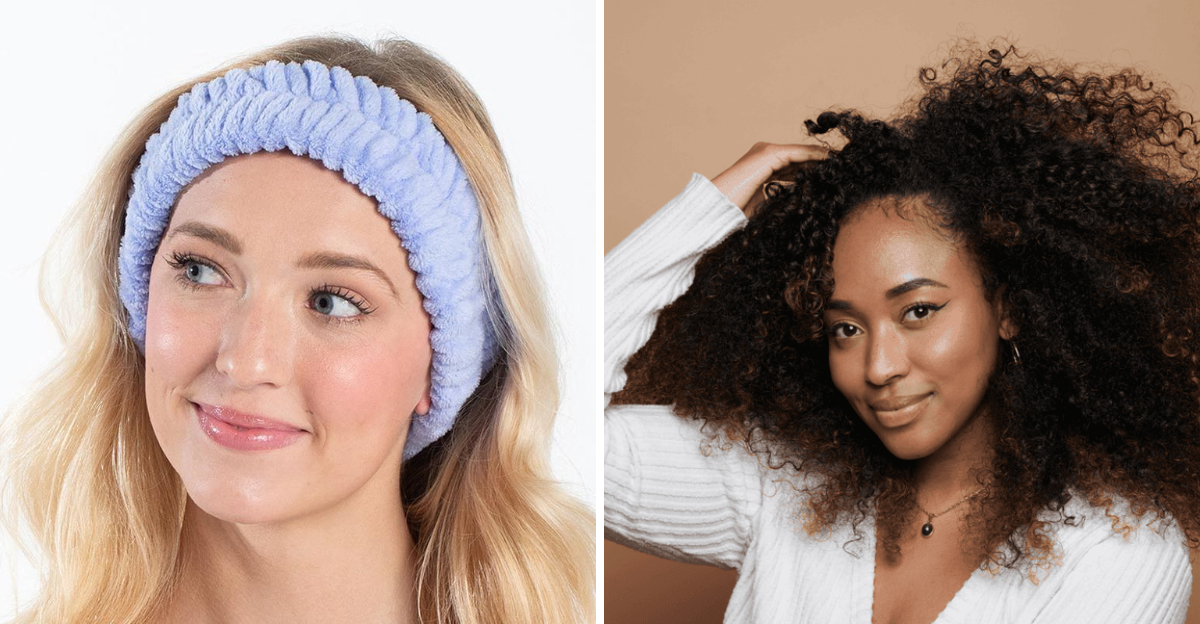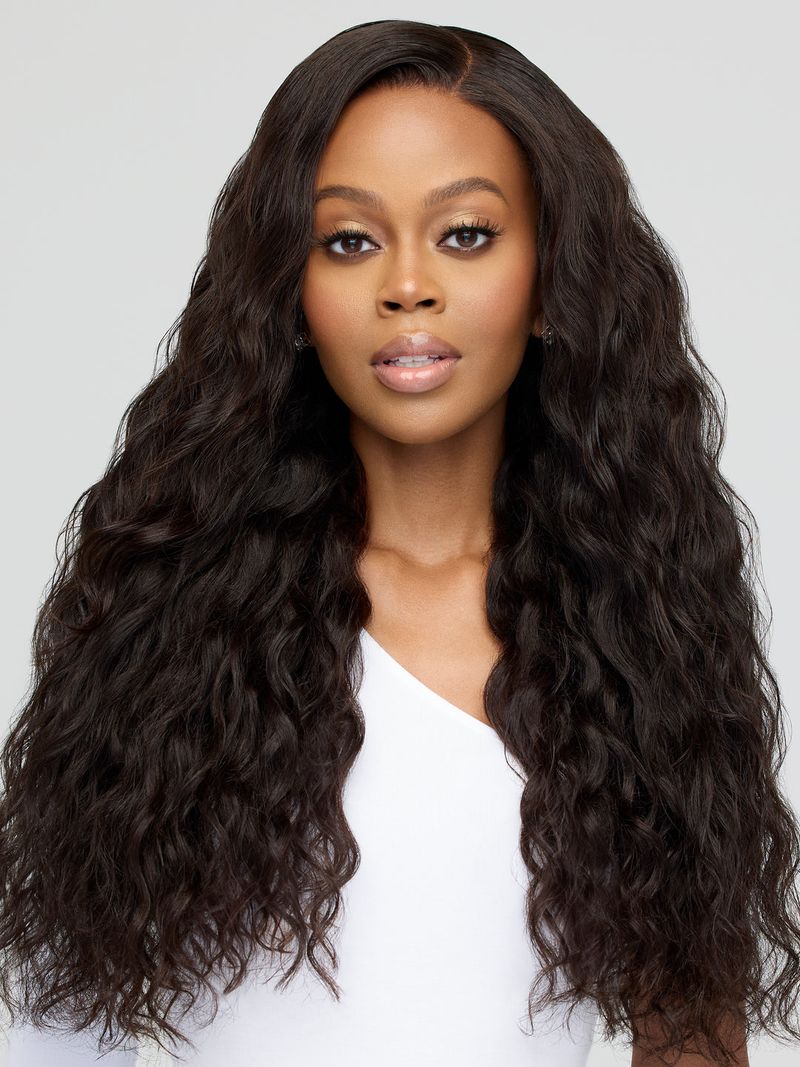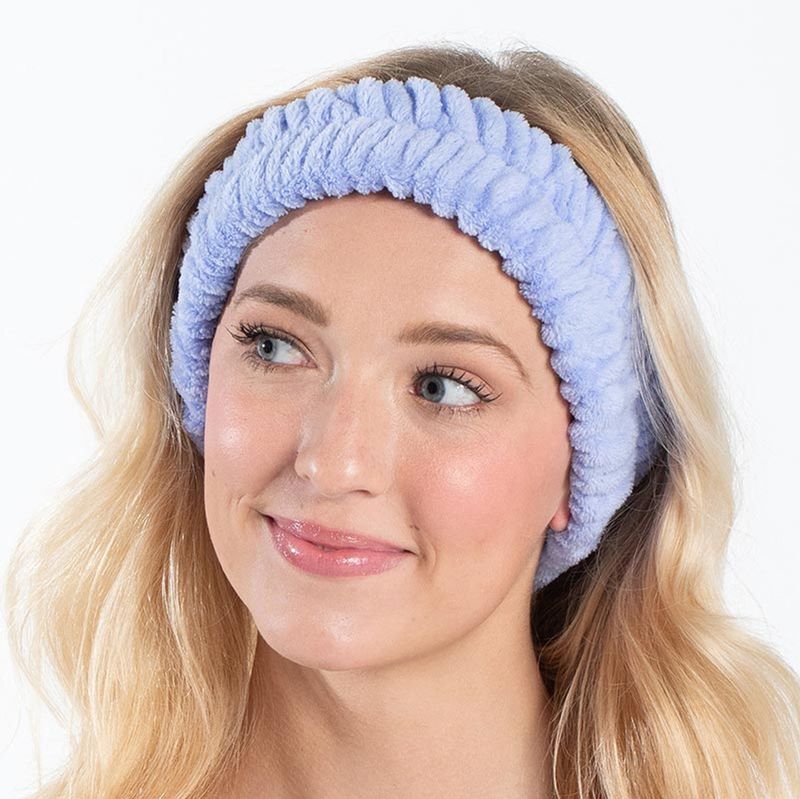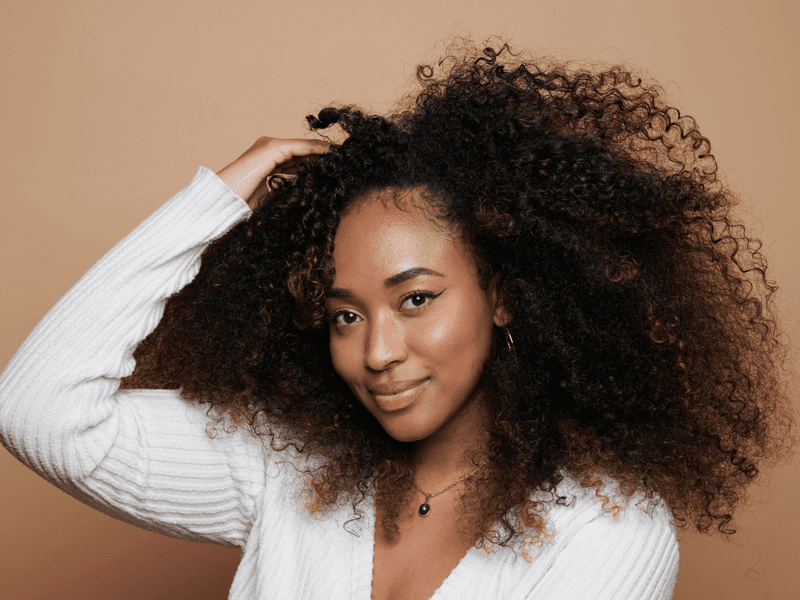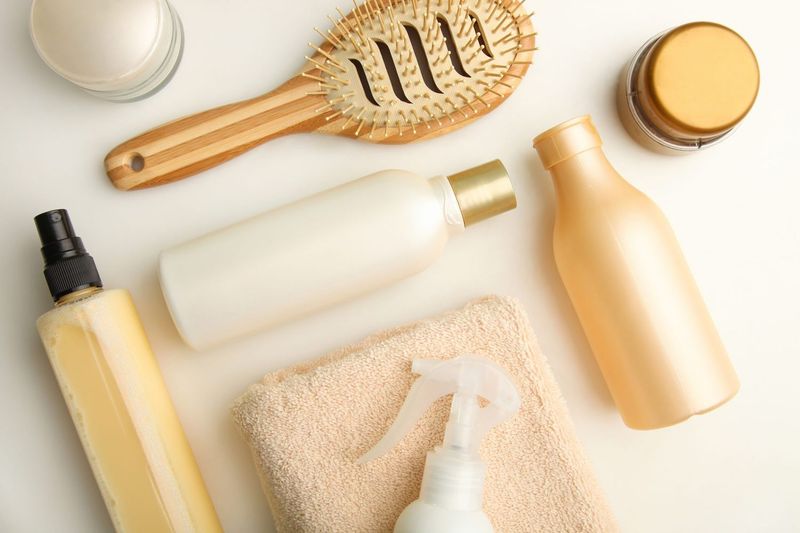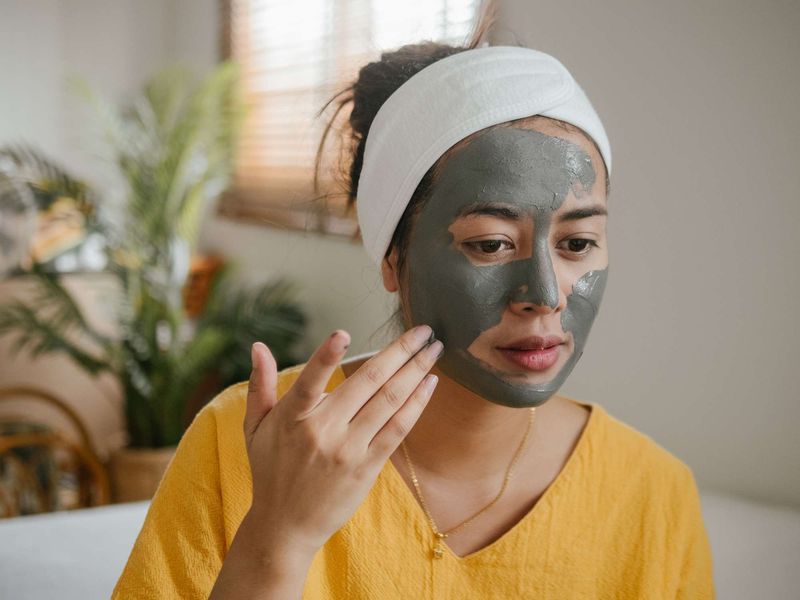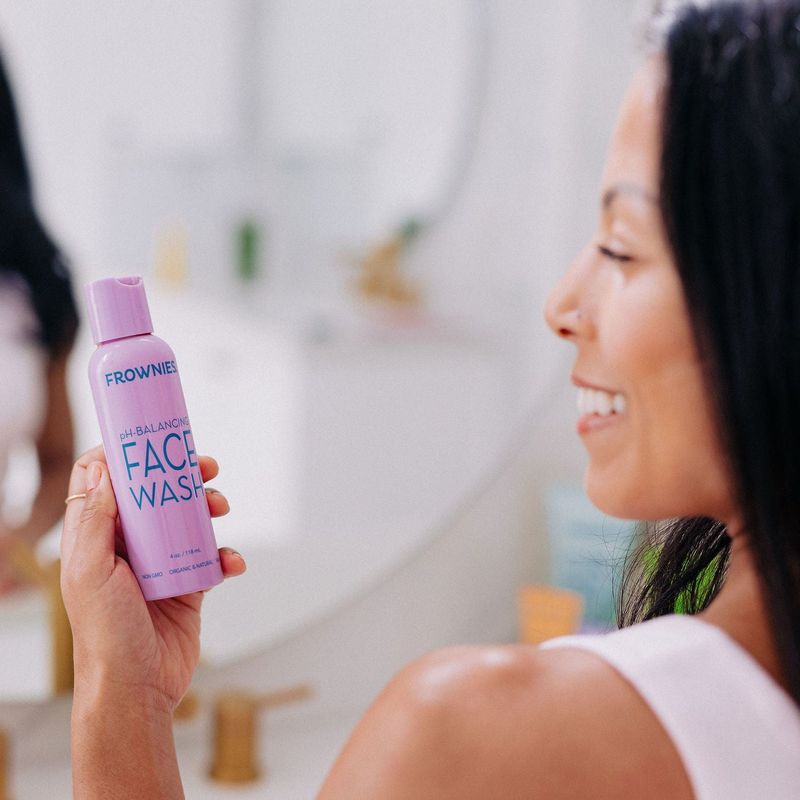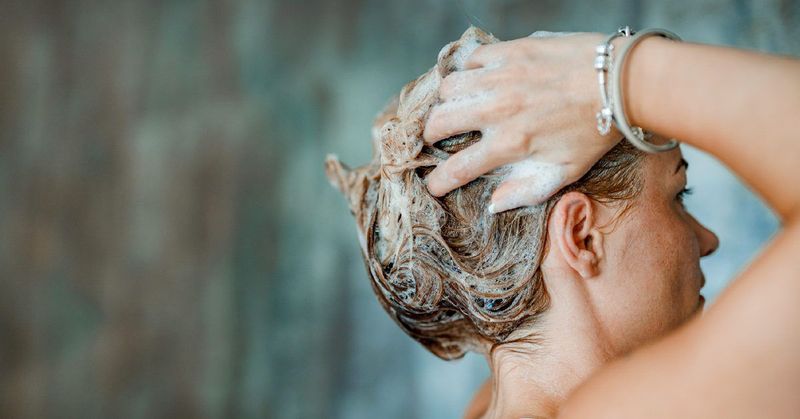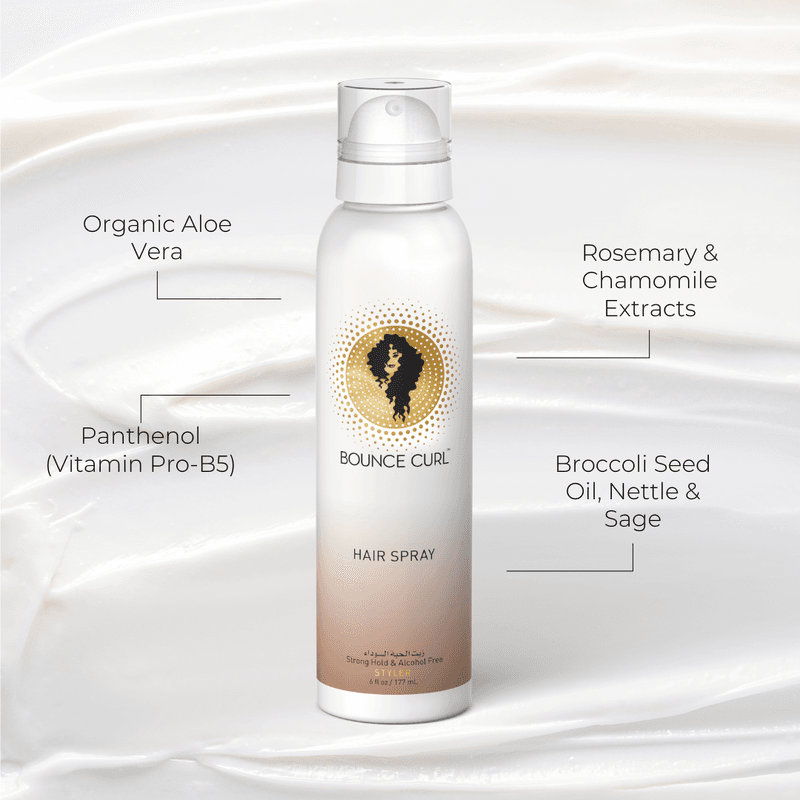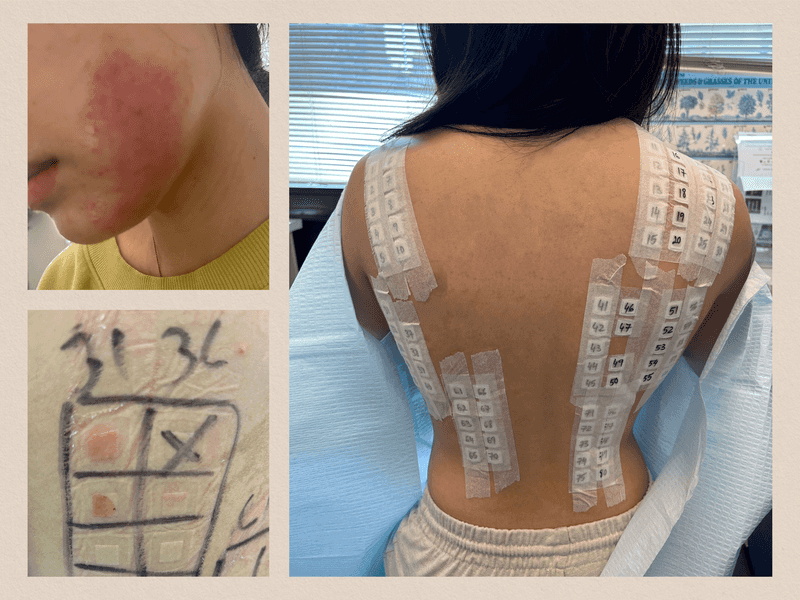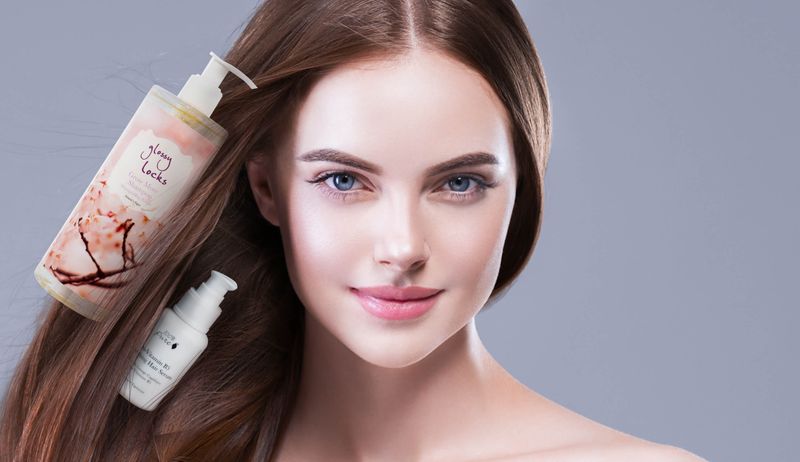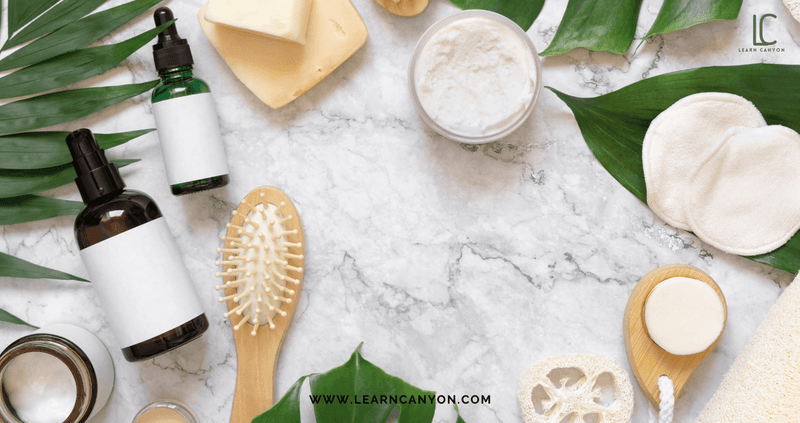Ever noticed your perfect skin routine might be causing bad hair days? Many skincare products can accidentally damage your hair when they drip or transfer during application.
The good news is you can keep your skin glowing without sacrificing your luscious locks with these simple fixes.
1. Silicone-Free Formulas
Silicones in face products build up on hair strands when they rinse down during washing. Switch to silicone-free options for both skin and hair care to prevent residue that weighs down locks and clogs pores.
Related: -7 Straight-Hair Problems No One Talks About And 8 Easy Fixes That Shine
2. Headbands During Application
Fabric headbands create a barrier between your hairline and face products. Pull hair back completely before applying serums or creams to prevent product migration that could dry out strands or cause buildup.
3. Fragrance-Free Products
Artificial fragrances irritate sensitive scalps when they travel from face to hairline. Fragrance-free formulations reduce irritation risks for both skin and hair follicles, creating healthier environments for both to thrive.
4. Nighttime Application Order
Apply hair products first, then face products before bed. This sequence prevents facial oils and creams from transferring to your pillow and then to your freshly treated hair during sleep.
5. Rinse-Off Face Masks
Clay masks dripping onto hair can cause extreme dryness and breakage. Cover your hairline with petroleum jelly before applying masks, creating a protective barrier that prevents mask formulas from reaching vulnerable strands.
6. pH-Balanced Cleansers
Harsh alkaline face washes disrupt your scalp’s natural pH when they run down during rinsing. Choose pH-balanced cleansers (around 5.5) that respect both your skin barrier and hair cuticle health.
7. Shower Sequence Strategy
Wash your face after shampooing but before conditioning. This prevents face cleanser residue from sitting on hair, while allowing conditioner to repair any potential damage from face wash runoff.
8. Multi-Tasking Products
Some ingredients work double duty! Argan oil nourishes both skin and hair without causing breakouts or greasiness. Apply a few drops to face and hair ends for streamlined care that benefits both.
9. Vitamin C Positioning
Vitamin C serums can lighten hair color when they make contact with strands. Apply these powerful antioxidants carefully away from hairlines and consider using them only in areas that won’t contact hair.
10. Alcohol-Free Formulations
Alcohol-based toners and serums strip natural oils from both skin and hair. Look for alcohol-free alternatives that maintain moisture balance across your beauty routine, preserving hair’s natural shine and skin’s hydration.
11. Zijden kussenslopen
Cotton pillowcases absorb face products and transfer them to hair during sleep. Silk pillowcases reduce this transfer while minimizing friction for both skin and hair, preventing wrinkles and breakage simultaneously.
12. Patch Testing Routine
New skincare products might cause unexpected hair reactions. Test products behind your ear where skin and hair meet before full application. This simple step prevents widespread irritation to both areas.
13. Weekly Clarifying Treatments
Product buildup affects both scalp and face similarly. Alternate between gentle clarifying treatments for hair and skin weekly. This removes residue that clogs pores and weighs down strands.
14. Ingredient Cross-Checking
Retinol face products accidentally transferred to hair can cause brittleness. Cross-check ingredient lists of both hair and skin products for potential conflicts. This prevents adverse reactions when products inevitably mix.
15. Hydration Barrier Technique
Hydrated hair repels unwanted skincare ingredients better than dry strands. Apply leave-in conditioner to hairline before starting your skincare routine. This creates a protective moisture barrier that prevents absorption of potentially damaging ingredients.

